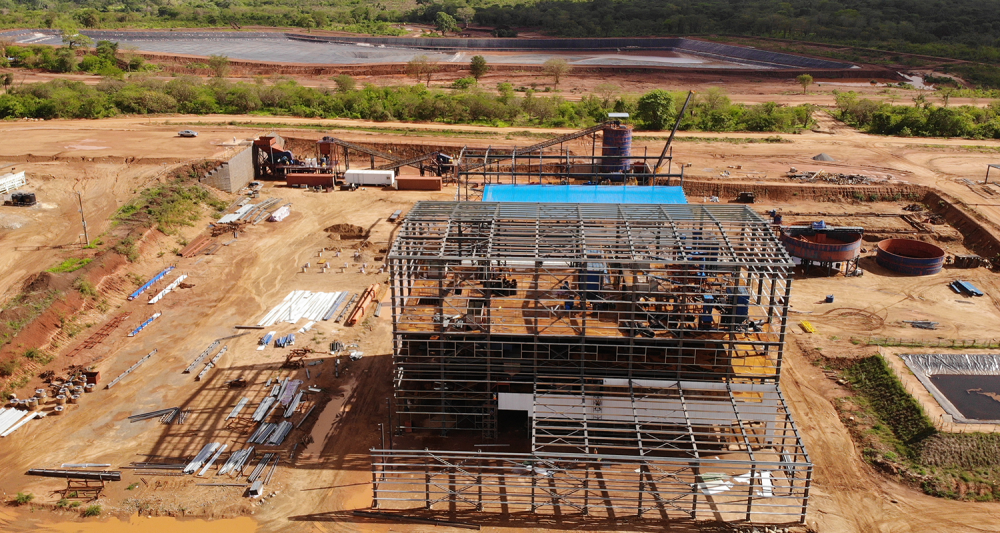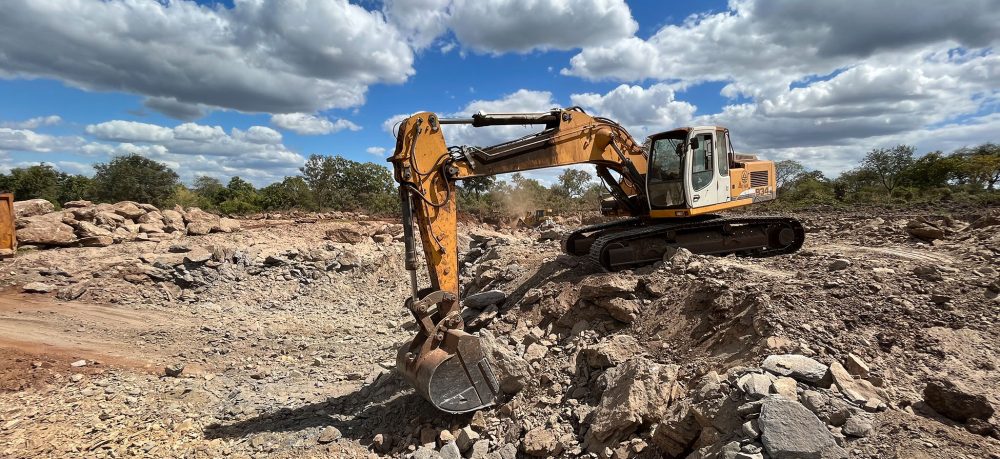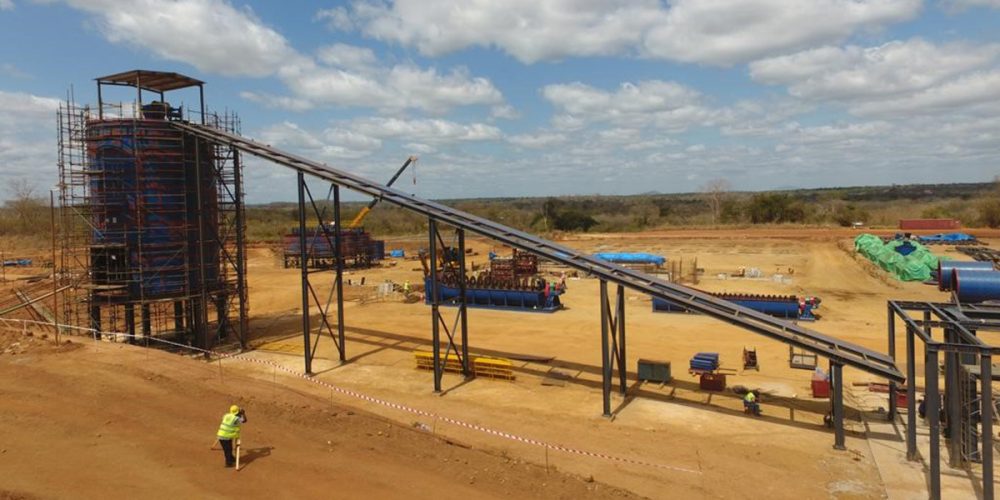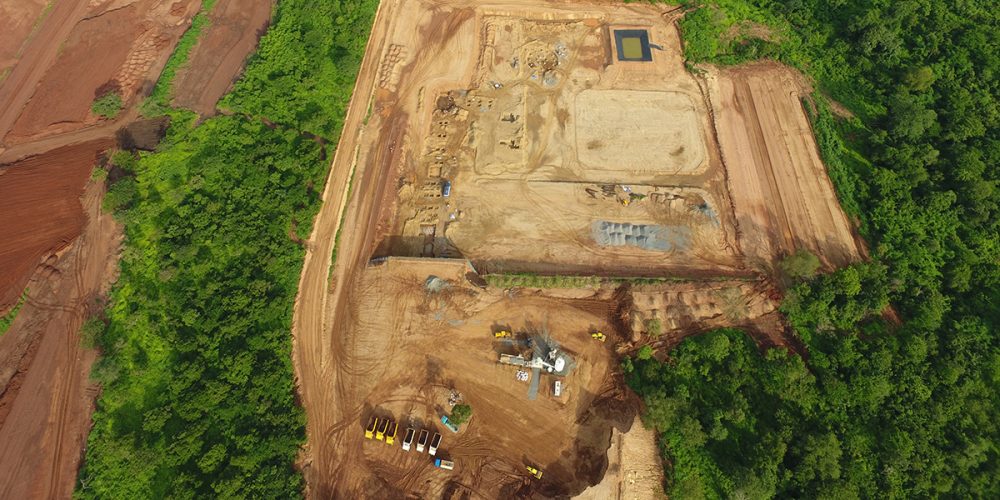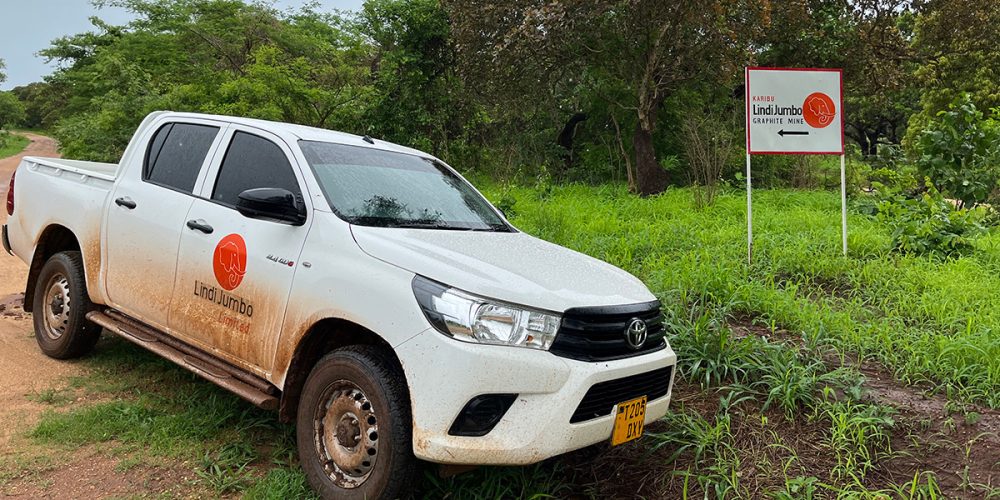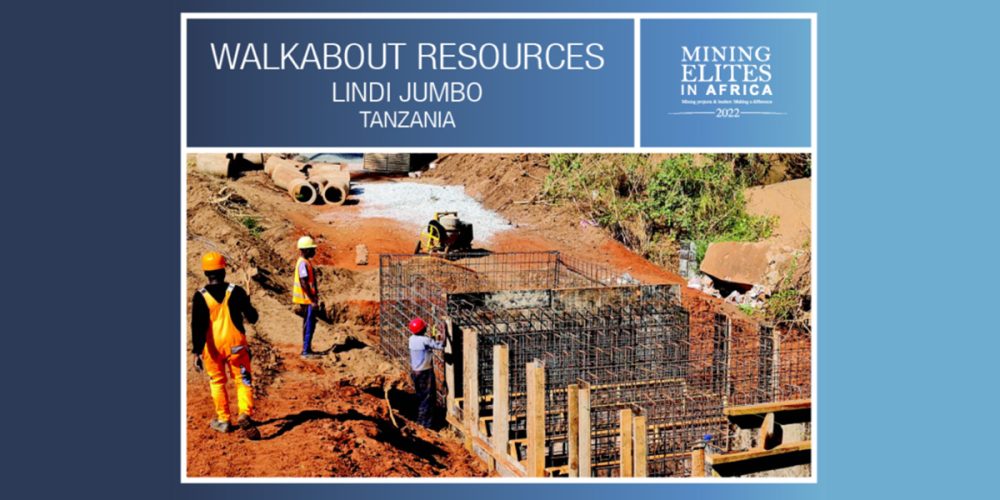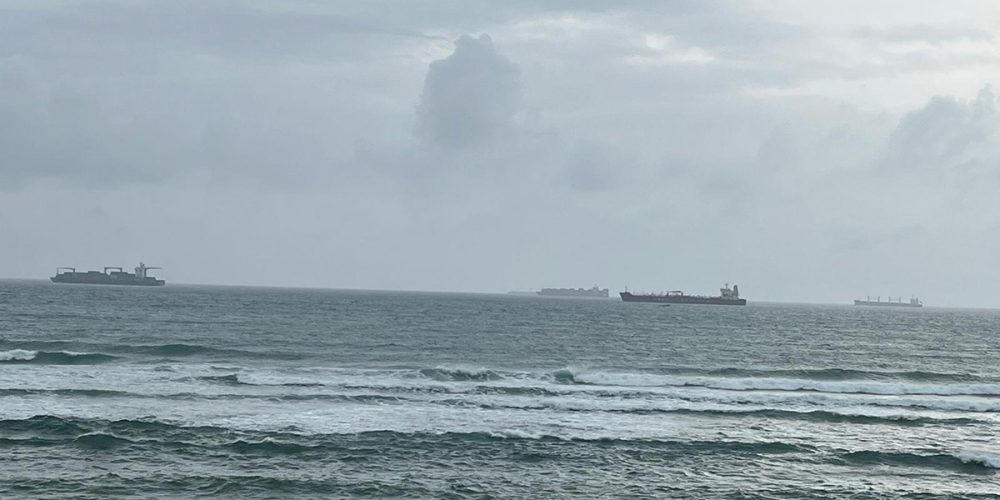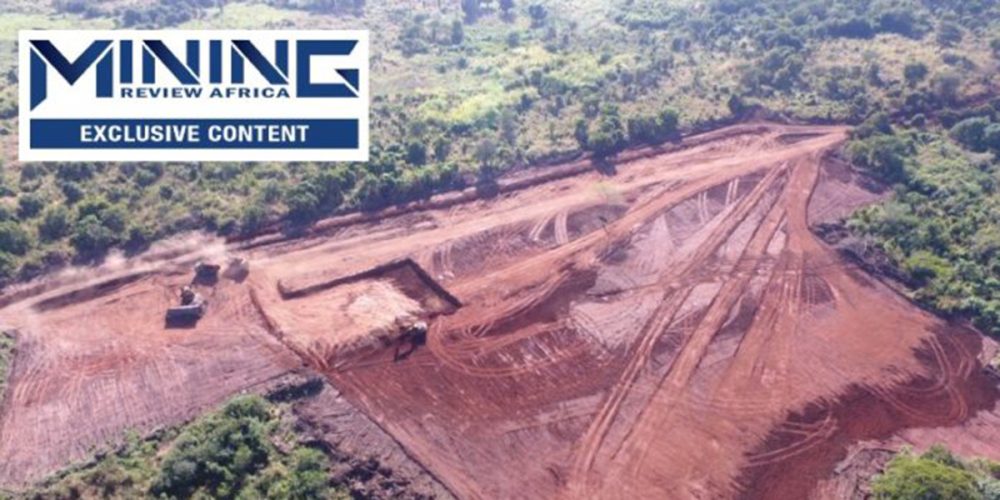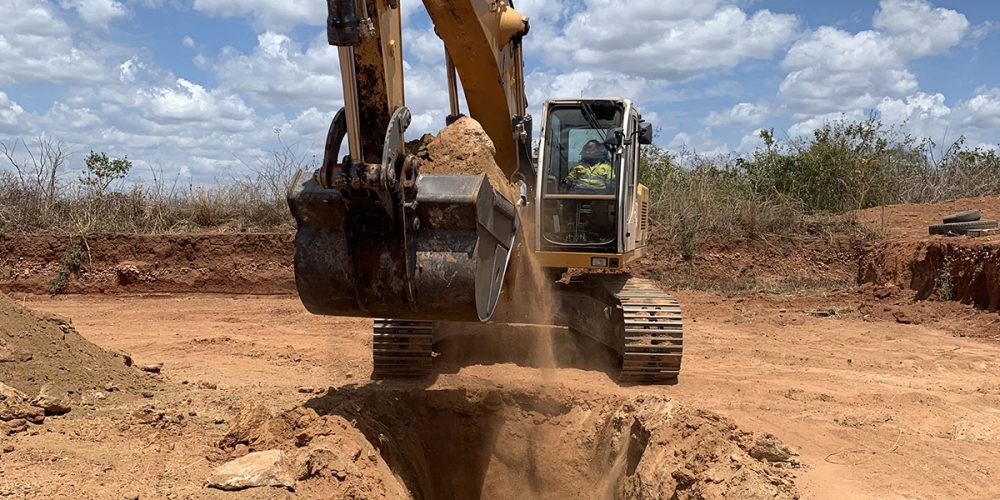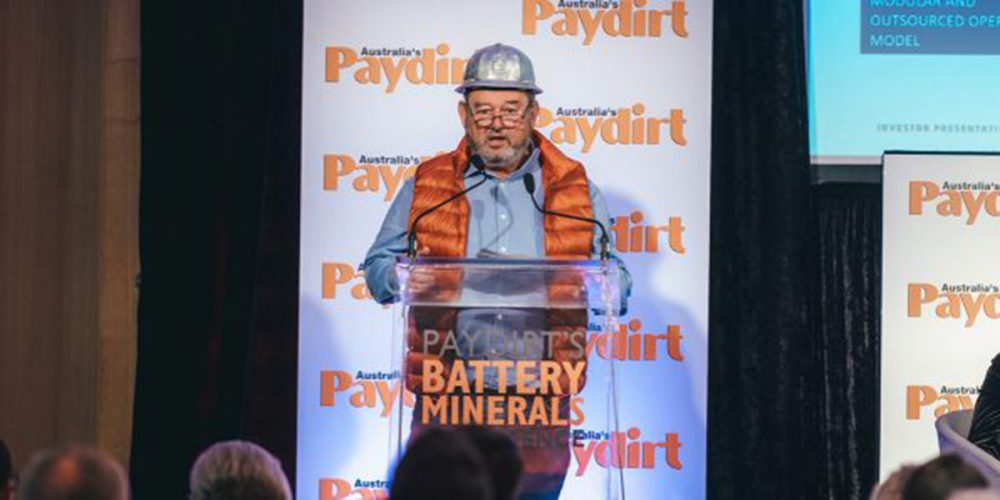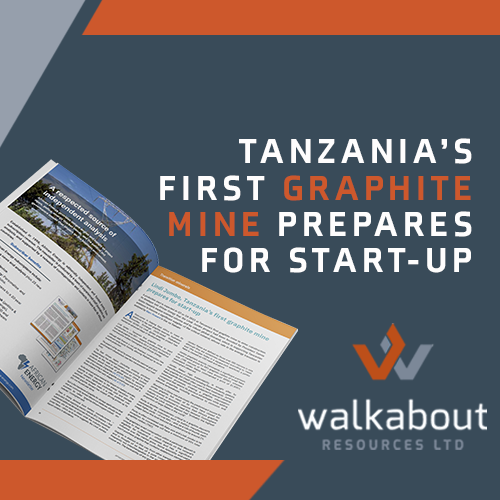
A production start is expected in Q3 or Q4 2023 at Tanzania’s first graphite mine to enter construction. Its developer told African Energy that the Lindi Jumbo project had been boosted by President Samia Suluhu Hassan’s market-oriented reforms and by robust global demand, which is supporting Tanzanian ambitions to become a significant supplier of the critical mineral, whose role in the energy transition is analysed by Marc Howard in Dar es Salaam
A front-runner in helping East Africa to meet its ambitions to tap vast graphite reserves, Australian Securities Exchange (ASX)-listed Walkabout Resources’ 40,000 t/yr Lindi Jumbo graphite project has reached an advanced stage of development.
Lindi Jumbo – Tanzania’s first graphite mine to start construction, in June 2021 – expects to produce the country’s first natural graphite concentrate by Q3 or Q4 2023, Walkabout chief executive Andrew Cunningham told African Energy.
Although debt finance is not yet finalised, construction has continued using equity funding, allowing Walkabout to move towards production.
The project will be served by power from the national grid and good transport infrastructure (see New transmission and road links).
The East African region (including existing producer Mozambique) has attracted western miners looking to feed markets as they seek to reduce reliance on China (which produces around two-thirds of global supply) by securing alternative sources of graphite (AE 472/30). Tanzania is on the cusp of becoming a natural graphite powerhouse with half a dozen projects in their early stages (AE 472/33).
As the dominant active material for lithium-ion battery anodes, graphite is vitally important to the energy transition. The ‘natural’ mineral’s significant production cost and storage performance advantages mean it is often preferred over synthetic graphite. Demand has surged, driving prices up by 30% over the past year alone.
Such is the importance of graphite for storage applications that what are commonly termed lithium-ion batteries should more accurately be called “graphite-lithium-copper-cobalt ion batteries”, Cunningham said.
The project and graphite’s role in the energy transition is analysed by Marc Howard in Dar es Salaam.
Read the full 3 page article article: African Energy
